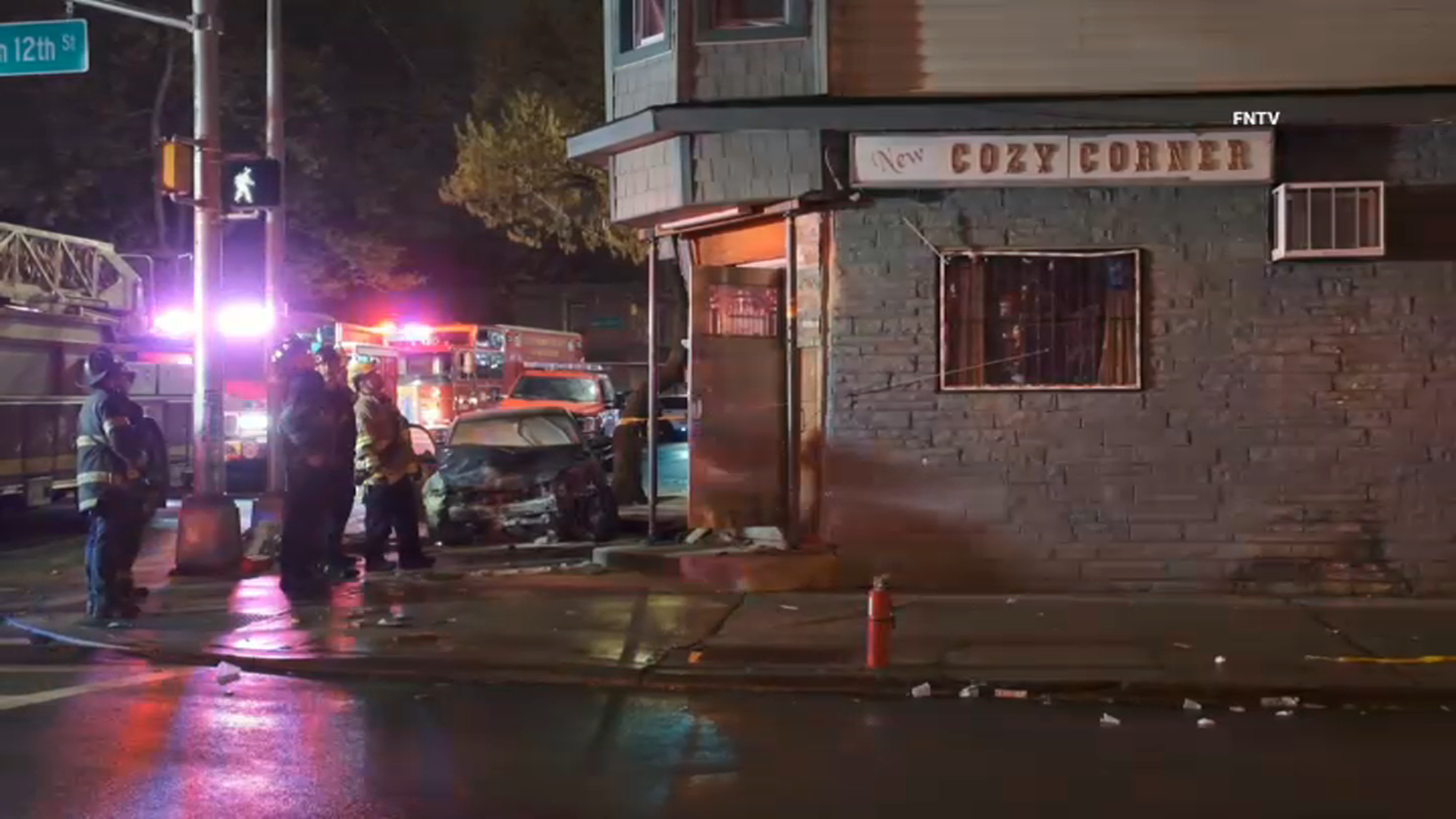In December of 2005, Rep. Carolyn Maloney told her fellow lawmakers they’d be fools not to support a bill creating dollar coins embossed with the faces of U.S. presidents. Maloney sponsored the Presidential $1 Coin Act, proclaiming it would be a net win for taxpayers.
“This bill earns money for the government, benefits small businesses and consumers, educates all users of American currency about their presidents and first ladies,” she said at the time.
The law passed the House of Representatives with overwhelming support, 291 to 113.
Six years later, the effort Maloney championed may be costing taxpayers hundreds of millions of dollars, because very few dollar coins are making their way into the hands of American consumers.
According to a 2008 Federal Reserve Board report, the golden coins are piling up in underground vaults because of low demand by banks and the public. Authors of the report expressed fear the program was already wasting resources, just one year into the minting process.
“For previous $1 coin programs,” the authors noted, “the Reserve Banks encountered large excess inventories for much longer periods because transactional demand was very low. The Presidential $1 Coin Program experience is consistent with previous $1 coin programs, demonstrating low transactional demand.”
The U.S. Mint program has already created more than a billion unused golden dollars accumulating in underground vaults run by the Federal Reserve Bank, according to David Kestenbaum, a journalist with National Public Radio who was one of the first to investigate this government waste for NPR's global economics blog Planet Money .
“It costs about 30 cents to make one of these dollar coins, and to the extent that those coins are then just sitting in a vault, it’s basically like an art project. We’re paying someone to dig ditches and then fill them. They’re not serving any purpose.”
Local
Kestenbaum estimates the unused coins will cost taxpayers $300 million if they don’t make it into the economy.
The coins are not technically legal tender yet. In order for the golden dollars to circulate as currency, private banks must buy them from the Federal Reserve.
So far, demand has been sluggish. Unless the law is changed or repealed, the U.S. Mint is required to keep churning out presidential dollar coins through 2016. The next series of coins will be minted in August with the likeness of Rutherford B. Hayes.
By the end of the program, there could be as many as two billion unused dollar coins sitting in underground Federal Reserve vaults.
Late Tuesday, Rep. Carolyn Maloney released a statement suggesting the U.S. Mint and Treasury are to blame for mismanaging coin production.
“I believe that the Treasury and the U.S. Mint currently have the clear legislative authority to manage their inventories better and avoid these surpluses of coins that need to be stored.”
Maloney’s statement continued, with an admission that the Presidential $1 Coin Act of 2005 may need revision.
“Over the last few weeks, I have been working on legislation that would remove any statutory restrictions for the Mint to be able to operate in the most cost-effective manner possible, and explicitly authorize the Treasury Department to manage the dollar coin program better to avoid surpluses in their inventory," she said.



